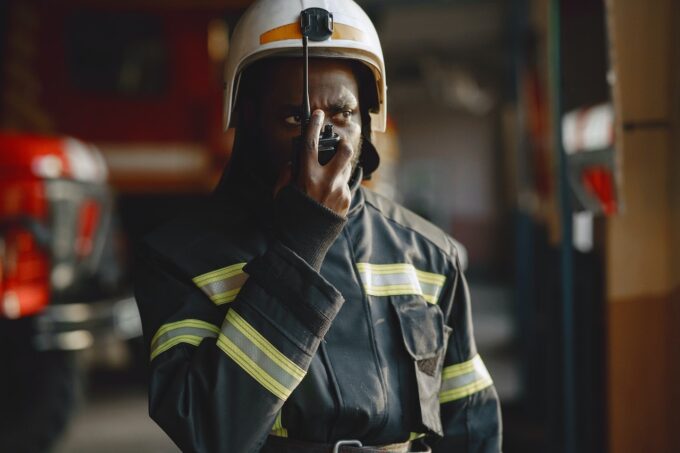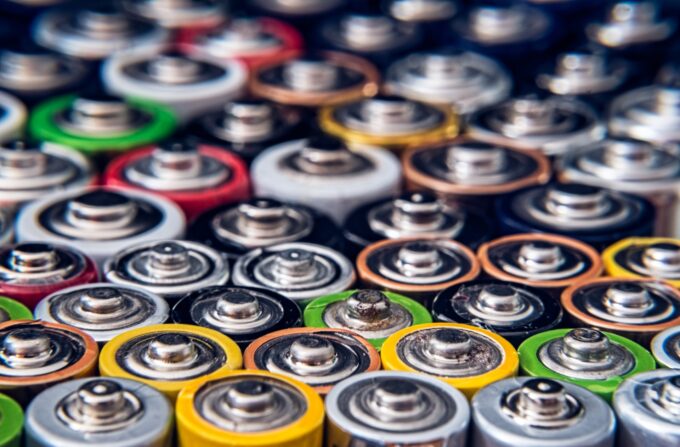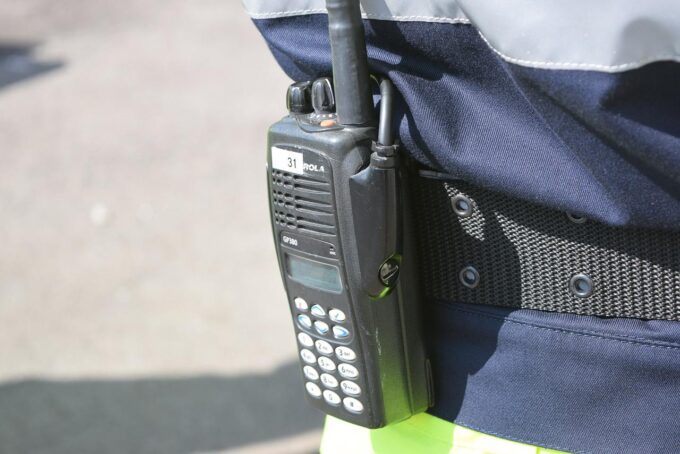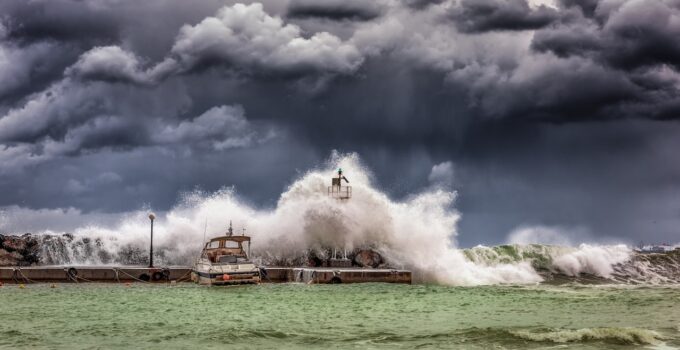Consistent and clear communication between emergency response teams during natural disasters are a necessity for safety. Without proper communication, then there is a larger margin of error leading to higher rates of injury and death.
Tornadoes are a common natural occurrence that easily cause severe damage in societies. According to NOAA or the National Oceanic and Atmospheric Administration, the U.S. experiences an average of 1,200 tornadoes yearly. When thinking about tornadoes, most Americans’ minds go to tornado alley.
This term refers most commonly to Texas, Oklahoma, Kansas, Nebraska, South Dakota, Indiana, Missouri, Iowa, Illinois, and Ohio. Although these states, along with a few others, do get a staggering number of tornadoes, all fifty states experience these storms. The states within tornado alley have a higher rate of twisters because of the location.
Tornado alley is in the middle of the U.S.; these states are caught in between the warmth coming from the gulf coast and the cool air from Canada. When these starkly different temperatures collide, storms occur. Tornadoes form during rotating thunderstorms, also called supercells. They can occur at anytime of day but most often between 4-9pm (“Severe Weather 101”).
Although scientists understand the baseline information behind tornadoes, there are many questions that have yet to be answered about these natural disasters. Therefore, emergency responders—whatever state they are in—must be prepared. Below we will discuss five ways emergency responders and individuals in the home can maintain communication during a disaster like a tornado.
Radio Communication:

Source: unsplash.com
Two-way radios continue to be a reliable source of communication for emergency workers and individuals in the household. This technology is made with the intention of providing consistent and clear communication between individuals and teams.
Two-way radios are manufactured by companies who understand that the user’s of this technology are often in challenging environments which pose obstacles to communication. For instance, the elements, environmental noise, low signal, and more are not friendly to everyday communication technology like cellular phones and computers; however, two-way radios are up to the challenge.
Handheld two-way radios are made to be durable. With a variety of IP manufacturer ratings, some two-way radios can be submerged under water, sit in the hot sun for hours, be battered with sand, work in below zero temperatures, and more. All these situations could occur during a natural disaster like a tornado.
Tornadoes often break power lines and cell towers interrupting normal methods of communication. Two-way radios do not need these structures to function properly. This simple fact is a great reason for every member of an emergency team to own a two-way radio.
In addition to durability and easy connection, some two-way radios have built-in GPS. With this function, teams and even families can see where each radio is and where they themselves are to get to safety quickly. Overall, radio communication during a natural disaster should be a priority.
To learn more about radio communications during tornados, click here.
Minimize Local Dead/Low Signal Areas:

Source: unsplash.com
In rural areas and even large cities dead zones and spotty signal can occur. Technology like COWs (cell on wheels) and DAS (distributed antenna systems) help fill in these gaps. Tornadoes can easily cut normal lines of communication like cellular connection. These failures must be addressed and fixed as quickly as possible because civilians depend on that technology to call in emergencies.
Cells on wheels are a great option for emergency shelters because this is where civilians congregate during disasters. This technology can be considered small portable cell towers; they are used as replacements for permanent structures that may be damaged (“Everything you need to know”). COWs are a great way to close a coverage gap.
On the other hand, distributed antenna systems are a great way to get a permanent failsafe. DAS can be installed inside hospitals, schools, hotels, stadiums, and more to ensure there will be clear connection (Improve your coverage”). This is great to have during natural disasters because these are the places which are often used as refuges and emergency shelters for those who lose their home or are looking for a loved one.
Both COWs and DAS are optimal for ensuring that dead zones are non-existent, especially during tornado season.
Utilize Non-Rechargeable and Lithium Batteries:

Source: unsplash.com
As stated earlier, tornadoes tend to take out power whether it is from high winds pulling down power lines or heavy floods from the supercell, power outages are a high possibility. Therefore, if there is no power, there is no way to recharge a two-way radio battery.
In addition to non-rechargeable batteries, it is best to have a lithium battery as your initial and everyday two-way radio’s power source. Lithium batteries hold a longer charge than Ni-Mh and Ni-Cd chemistry batteries.
Having a combination of non-rechargeable and lithium batteries on hand for your two-way radio stock is always a good idea.
Use Radio Accessories for Ease:

Source: pixbay.com
A number one two-way radio accessory both individuals and rescue teams can benefit from is a holster. With this accessory it helps keep your mind at ease that your radio is safely on your person and not haphazardly in your pants pocket etc. It also allows for hands-free communication.
Two-way radios are built so that the microphones can pick up messages from a distance and the speakers can be heard from a distance. As a result, the radio can still be functional within the holster. Disasters like tornadoes often involve debris and dangerous obstacles that require your whole attention. Hands-free communication allows you to safely move debris or navigate the environment while remaining in active contact with your team.
Tornadoes have the potential to be unpredictable and catastrophic. During emergencies like tornadoes, it is best to be prepared. A main part of emergency preparedness is having a communication plan, whether that is within your household or a fire department, they both matter.
Without proper communication, a multitude of obstacles can arise that can cost a person their life in a situation like responding to a tornado. With the right technology like two-way radios, DAS, and more, emergency responders can do their jobs to the best of their ability and keep the public safe.







